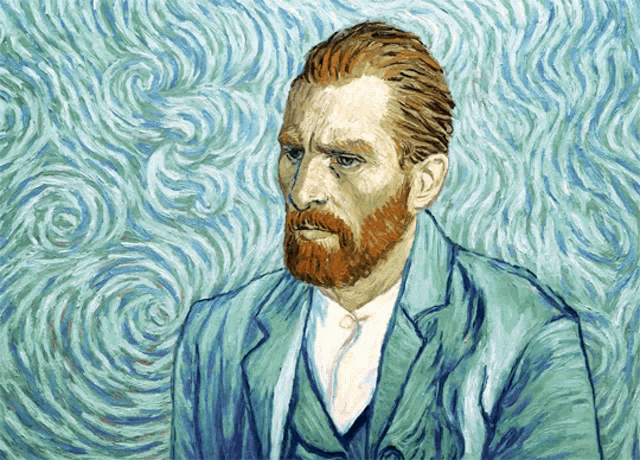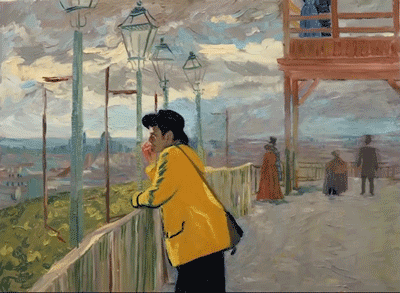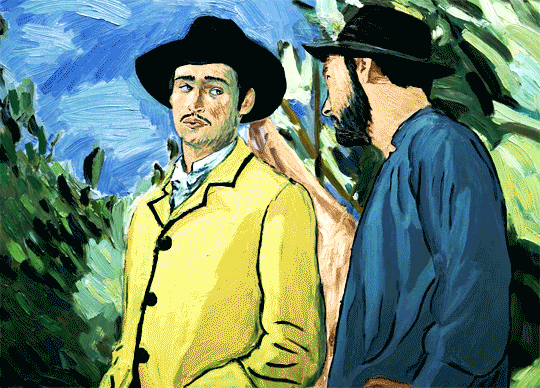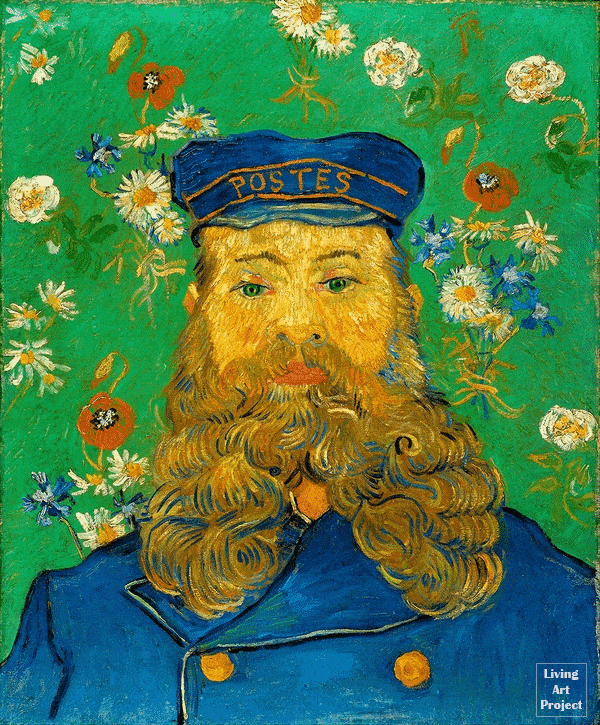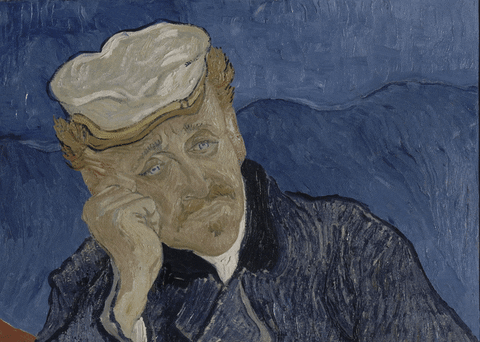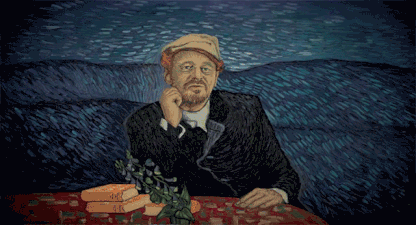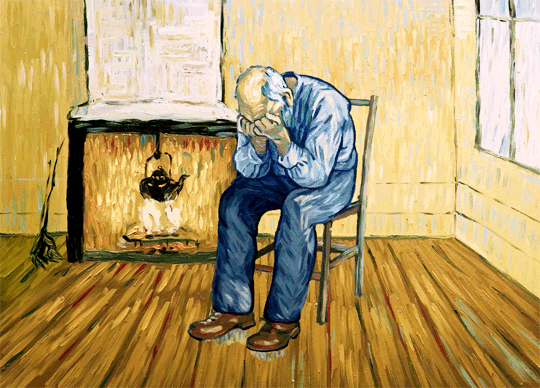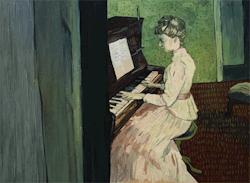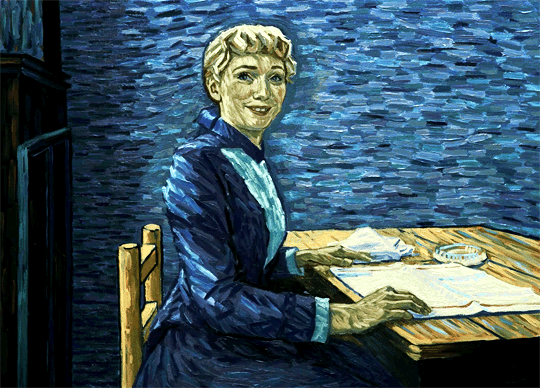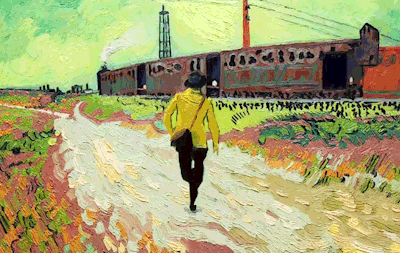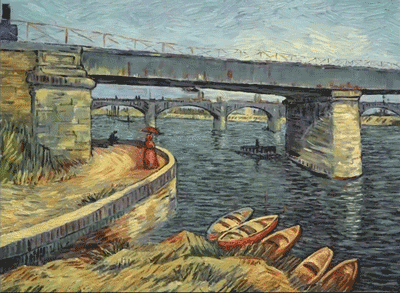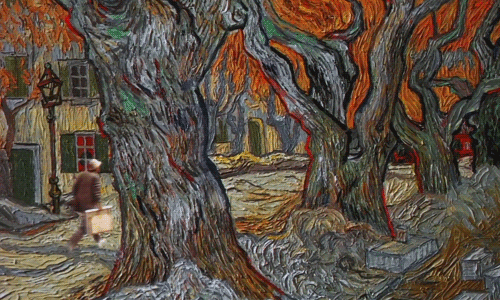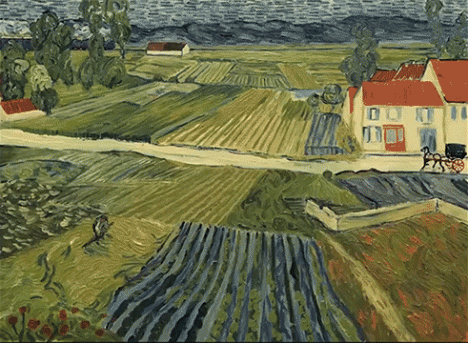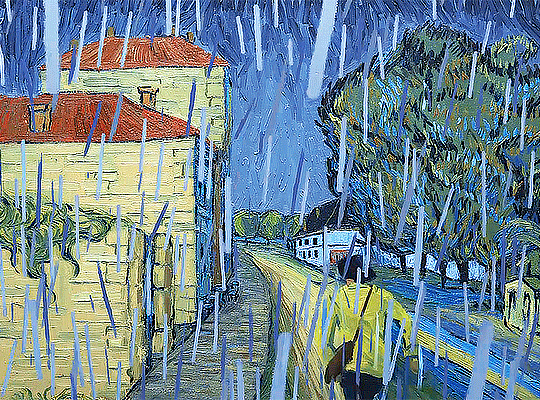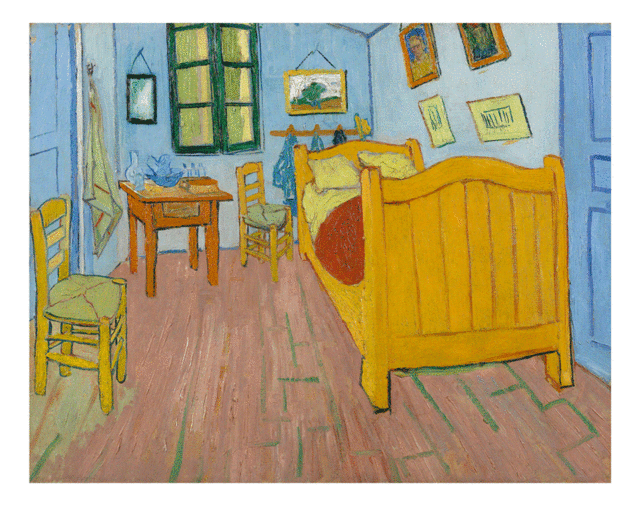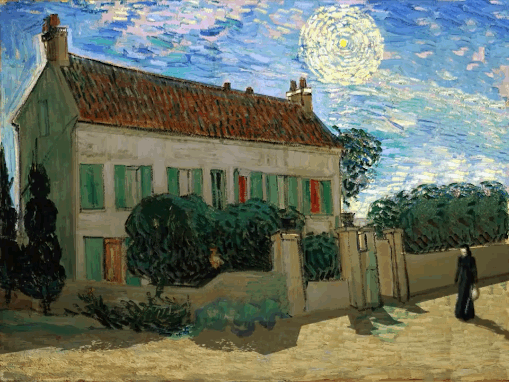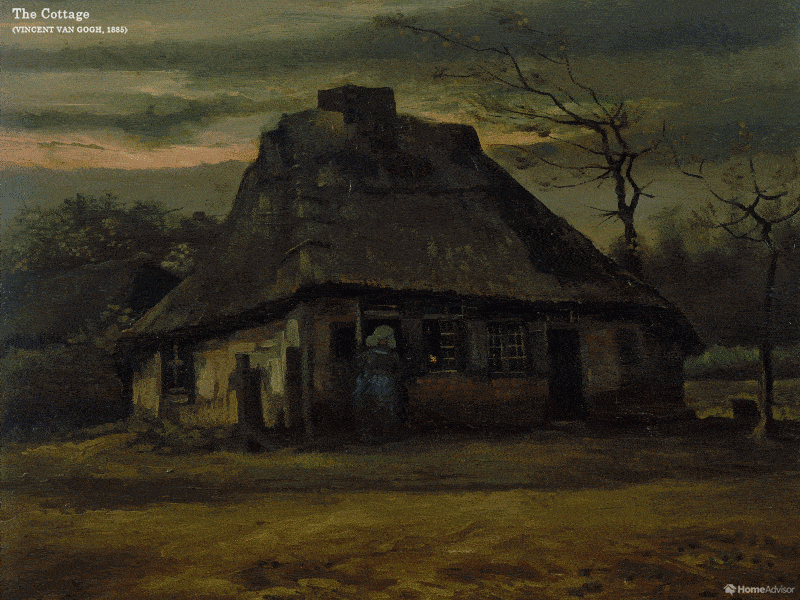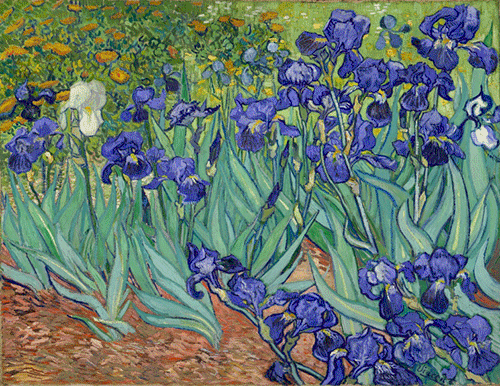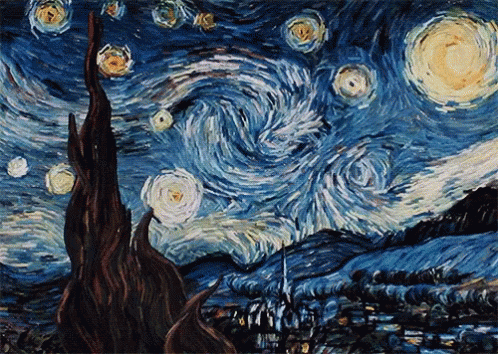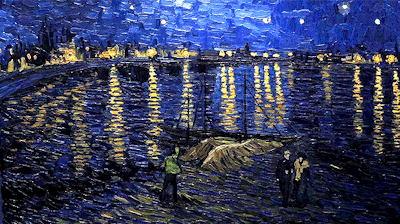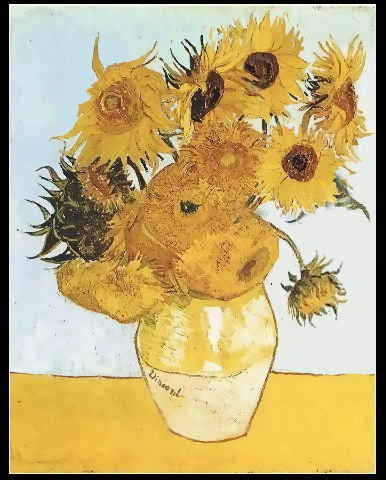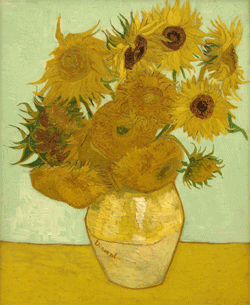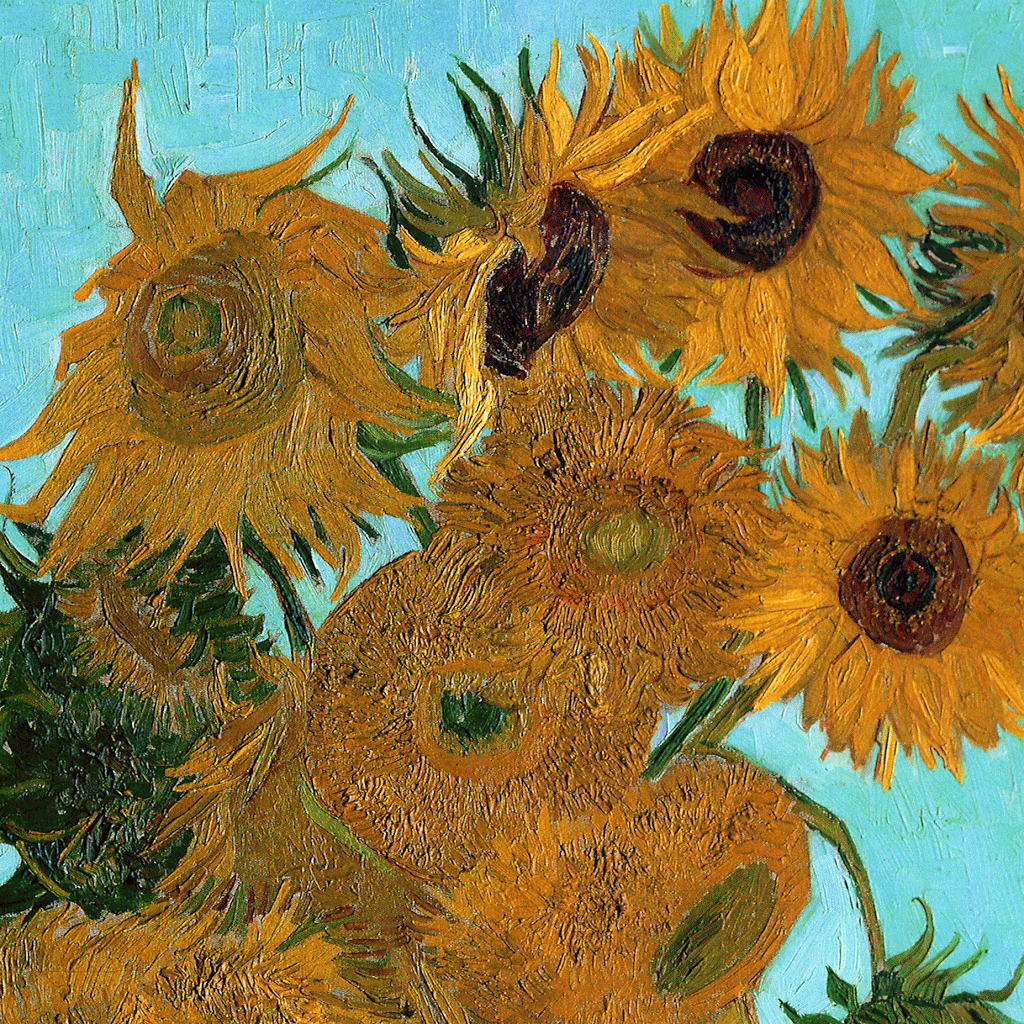Loving Vincent
What psychiatric illness did he suffer from?
Reviewed by Kenneth Lyen

INTRODUCTION
I was swept away by Loving Vincent, the animated movie featuring the acclaimed painter Vincent Van Gogh, exploring his mental health and the mystery surrounding his death. What a brilliant film!
When I was studying abroad, I made it a point to visit all the art museums in London, Philadelphia, New York and Chicago. The paintings by Vincent Van Gogh always captivated me. I would go close up to look at the paintings, and two things struck me. Firstly, I noticed that he used an incredibly thick layer of oil paints, so that his paintings had a three-dimensional feel to them. Secondly, his brush strokes were muscular, dynamic, and when you stared at the paintings, they would shimmer and swirl around, and you felt that the images were coming alive.
This is almost exactly what the animation movie achieved. It imitated the dynamic quality of the paintings making the images coruscate and spin. Several scenes and characters depicted in the film were instantly recognizable. Until I saw the movie, I had no idea who all these characters were, what their relationship to Van Gogh and what sort of persons they were. The film breathed life into them, and they became real people.



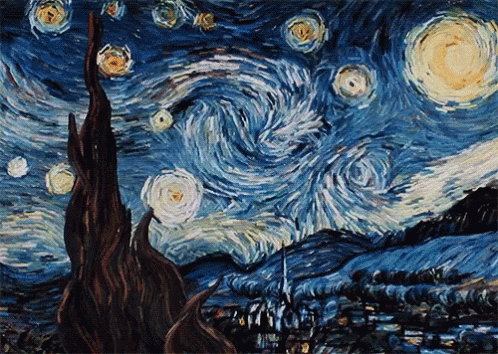
PROCESS
British animator Hugh Welchman and his wife Dorota Kobiela, conceived of the original idea of using oil paintings to animate and tell the story of solving Van Gogh’s unexpected death. They employed 125 artist and painted some 65,000 individual frames. Each sequence was inspired by a Van Gogh painting, and altogether they used 120 of his better-known works. Actors who resembled the portraits, acted out the roles, and each scene was then projected onto canvases, and artists painstakingly painted over the projections, one frame at a time. They succeeded and captured the look and feel of Van Gogh’s original paintings. They boast that this is the world’s first feature-length oil-painted animation. It took six years to complete, and it is truly stunning.




PLOT
The plot is reminiscent of a murder mystery. Although Van Gogh is at the centre of the mystery, he does not monopolize the film. The main character is his family friend, Armand Roulin, the son of the postman, Joseph Roulin. A year after Van Gogh’s death, Joseph sends his son to deliver a letter to Vincent’s brother Theo, to learn about Vincent’s state of mind just before his death. But Armand soon finds out that Theo has also passed away. So, he decides to interview as many people connected with Vincent as he could, to unravel the reasons why Vincent died, and to establish whether the death was a suicide or a homicide. This is the central conceit.
Armand goes to Auvers where Vincent had moved just three months before his death. This small picturesque village is located just northwest of Paris, and residing there was Dr Gachet who was to become Vincent’s doctor and confidant. At Auvers, Armand meets people with strong and often divergent opinions about Van Gogh.



They include the innkeeper’s daughter, Adeline Ravoux who has mostly kind things to say about their guest. Then there is Louise Chevalier, housekeeper to Dr Gachet, who dislikes Vincent and describes him as evil. Next there is Gachet’s daughter, Marguerite whose relationship with Van Gogh is ambivalent, and we have hints that she might be romantically connected to him. Earlier we are led to believe that Dr Gachet was a close friend and confidant of Vincent, but when he finally appears, he seems a bit coldly aloof. Each witness offers contradictory views of the artist before he died. The gun used to kill Vincent was never found, and hence viewers have to form their own conclusions as to whether Vincent really committed suicide.



STYLE
This movie is all style and some substance. Some critics, however, have disparaged the plot of Loving Vincent as being insubstantial. But this is more than compensated for by the style permeating the entire film. All the characters and scenes are recreated from the hallucinatory visual perspective of Van Gogh. There is a sense of brittleness and fragmentation as the paintings transition from scene to scene.
Black crows fly out of Van Gogh’s famous wheat fields, yellow stars twinkle and then spiral in his blue night sky, rain falls like long strips of white ribbon, shimmering orange halos float around candles, a river quivers with glistening waves. Bursts of kinetic energy radiates out of nearly every scene. It is like visiting all the art galleries in the world to see Van Gogh paintings.





PORTRAYAL OF VAN GOGH
Van Gogh is portrayed as an obsessional, deeply sensitive, intense, temperamental artist, constantly harassed by a bunch of mischievous children, and suffers from bouts of depression. Immersed in his own artistic world, he is the archetypal solitary genius. This sympathetic portrayal helps give a deeper understanding of Vincent’s world.
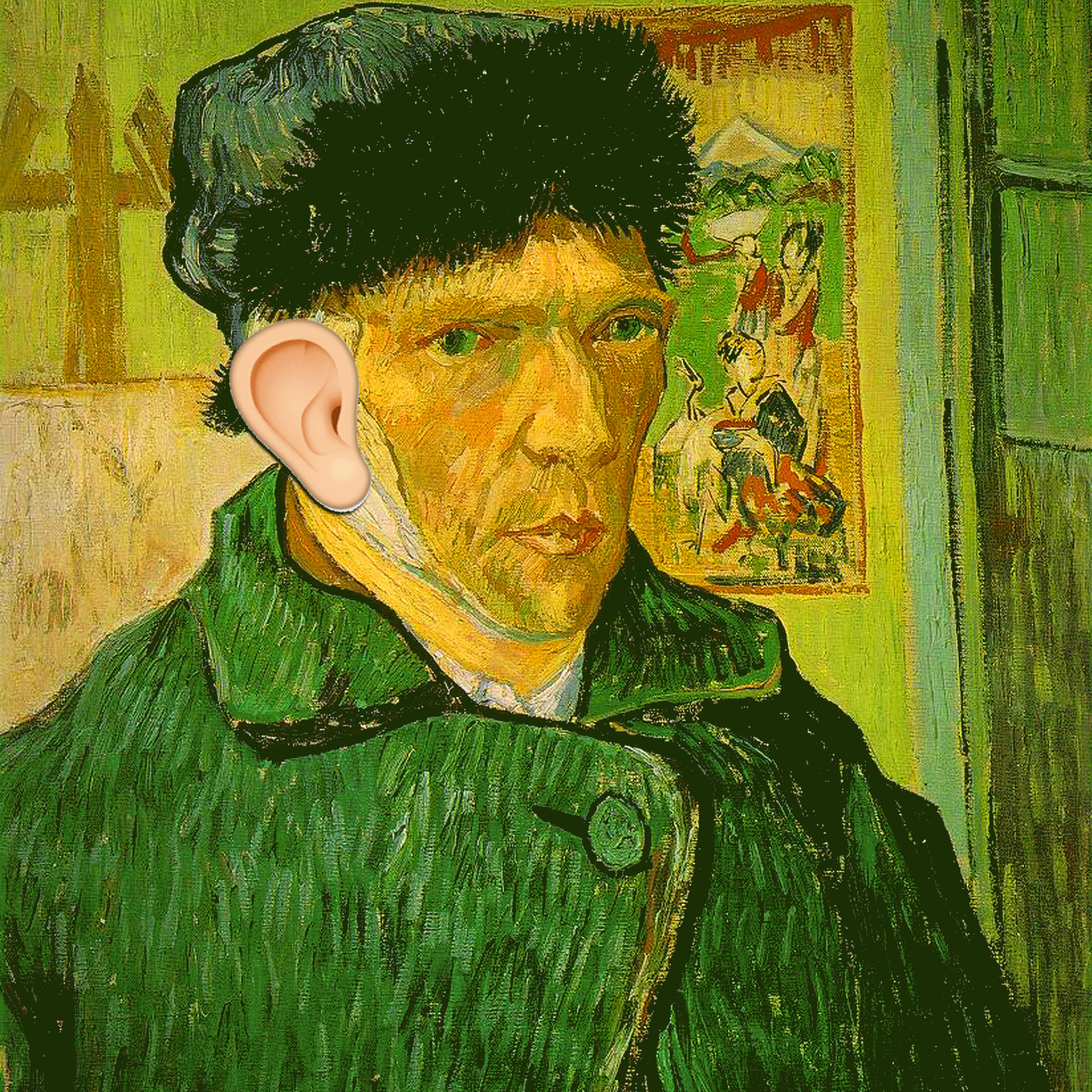
PSYCHIATRIC DISORDER
There is no consensus of opinion as to what psychiatric illness that Vincent Van Gogh suffered from. On December 23rd 1888, he cut off his right ear and was admitted to a hospital in Arles. The doctors there made a diagnosis of "acute mania with generalised delirium". According to Wikipedia, from February to April 1890, he had "attacks of confusion and unconsciousness were followed by periods of stupor and incoherence during which he was generally unable to paint, draw, or even to write letters."
Van Gogh wrote in his letters that he sufered frequent problems with his stomach and digestion. Wikipedia goes on to describe that "Van Gogh suffered from hallucinations and nightmares at times." He often reported that he was "suffering from fever and bouts of insomnia." He was also diagnosed to have gonorrhea.
Quite a weight of medical opinion thinks that his death was suicide associated with severe depression. This may be part of the purported bipolar or manic-depressive illness he suffered from. The movie takes a different view and thinks that Van Gogh was accidentally killed by a young friend playing with a gun. The verdict is still out.
CONCLUSIONS
Loving Vincent is one of those insanely innovative films. Who in their right mind would spend six years, employ 125 artists and oil-paint 65,000 frames to make an animated feature film on the death of Van Gogh? Well, we can be grateful to the pair of passionate artist-filmmakers whose obsessive-compulsive behavior probaby bordered on lunacy when they started this project. Thanks!
The film fittingly ends with Don McLean’s song, Starry Starry Night. I highly recommend it!
Kenneth Lyen
27 May 2018, updated 22 October 2020




Considering how popular Van Gogh's paintings are nowadays, it is incredible to hear that he only sold a very small number during his lifetime... and popular lore believes that most were bought by his brother. I am repeating myself, but when I go to the art galleries to look at his paintings, and I stare at them long enough, they seem to vibrate and move. I am fascinated by the computer generated graphics interphase format which brings motion and life to his paintings. To me, the subjects in his painting really seem to move!

